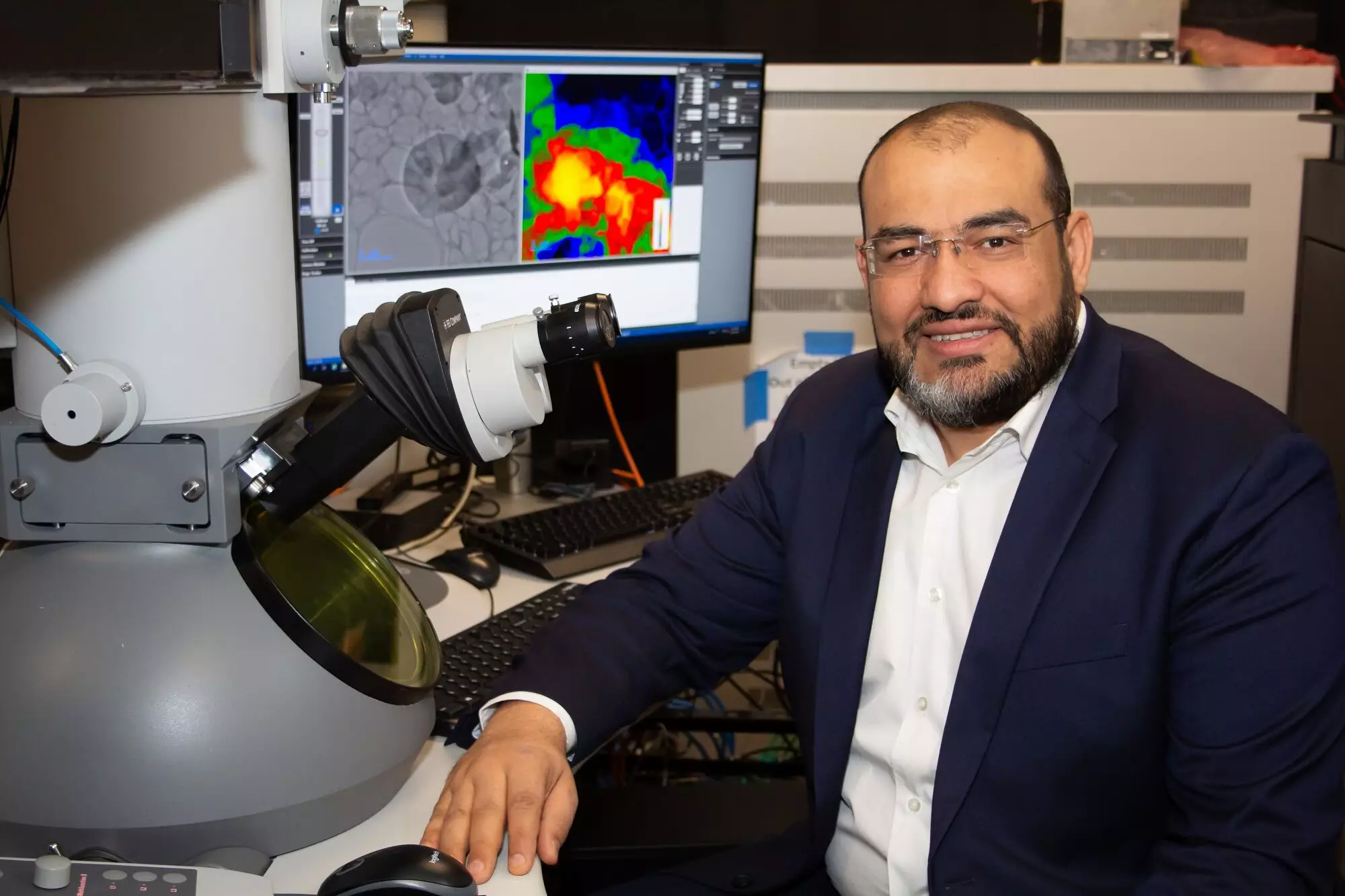A revolutionary leap in the field of microscopy has been realized by researchers at the University of Arizona with their development of an extraordinary electron microscope, capable of capturing the action of electrons as they dart through space. Picture the big leap in smartphone cameras each year; now translate that transformative technology to a scientific device that allows us to visualize phenomena occurring at unprecedented speeds. This notable advancement stands to reshape areas including physics, bioengineering, and material sciences. Mohammed Hassan, an associate professor spearheading this innovative project, eloquently compares this electron microscope’s capacity to an ultra-modern camera in smartphones—yet instead of capturing mere images of objects, it captures the frantic dance of particles that are fundamental to our understanding of matter and energy.
What Makes This Technology Unique?
Transmission electron microscopes (TEM) are no stranger to scientific exploration; they are instrumental in magnifying objects millions of times beyond the limit of optical microscopes. By using electron beams instead of visible light, these devices reveal intricate details of materials at nearly the atomic level. However, until recently, the challenge lay in capturing the rapid dynamics of electrons themselves, which necessitated faster imaging technology. It had previously been difficult to observe electron movements in real-time due to the speed at which they travel—akin to trying to visualize a lightning bolt in a photograph. Existing ultrafast electron microscopes employed designs that released sequences of electron pulses measured in attoseconds, but they were essentially still too slow to capture every fleeting moment in the electron’s journey.
The uniqueness of the recently developed microscope is its ability to generate a single attosecond electron pulse, stopping electrons in their tracks to provide clarity and depth in observations that were once thought impossible. This demand for a higher temporal resolution can now be satisfied, much like achieving a stunning shot in high-speed photography that encapsulates quick movements previously lost to the naked eye.
A multidisciplinary team of scientists contributed to this remarkable progress, driven by a collective vision. Their research was published in the journal *Science Advances*, showcasing a blend of skills from various fields, including physics and optical sciences. The team members include Nikolay Golubev, along with co-lead authors Dandan Hui and Husain Alqattan, reflecting an impressive collaboration that underscores the complexity involved in unraveling the behaviors of atomic particles.
The methodology intertwines groundbreaking theoretical knowledge, including the pioneering work done by Nobel laureates Pierre Agostini, Ferenc Krausz, and Anne L’Huilliere. They laid the foundational principles by generating the first extreme ultraviolet radiation pulse length measurable in attoseconds. Building on this remarkable foundation, the U of A team design a microscope that harnesses the extraordinary capabilities of laser technology to split and convert energies, setting the stage for exceedingly fine measurements of electron behavior.
Mechanics of the Attosecond Electron Pulse
At the heart of this technological marvel lies a delicate yet powerful orchestration of light pulses—two rapid light pulses and an electron pulse synchronized to perfection. The first of these, the pump pulse, energizes the sample, triggering electrons into dynamic motion. Following closely is the optical gating pulse, which establishes a precise time frame in which the solitary attosecond electron pulse is deployed. This strategic timing is crucial; it essentially creates a controlled environment where researchers can capture rapid atomic movements, much like a skilled photographer coordinating the perfect shot.
The implications of these advancements are vast. For instance, understanding how electrons move can provide insight not just into fundamental physics but also into innovative applications in nanotechnology, energy storage, and even the development of novel materials that could revolutionize currently established industries.
The introduction of the first single attosecond electron pulse signifies a monumental shift in how we understand electron dynamics. It allows scientists and researchers to probe the secrets of atomic interactions with a clarity and detail that was previously thought to be out of reach. The statement from Hassan that “these movements happen in attoseconds” encapsulates the urgency and excitement within the scientific community; the opportunity to witness these fleeting moments grants a new perspective on matter’s fundamental behaviors.
The University of Arizona’s advancements in attosecond electron microscopy not only open new doors in scientific research but also extend beyond academic implications. As scientists explore this uncharted territory, society stands on the cusp of new technological opportunities that promise to impact daily life in dramatic ways, paving the way for innovations limited only by imagination.


Leave a Reply